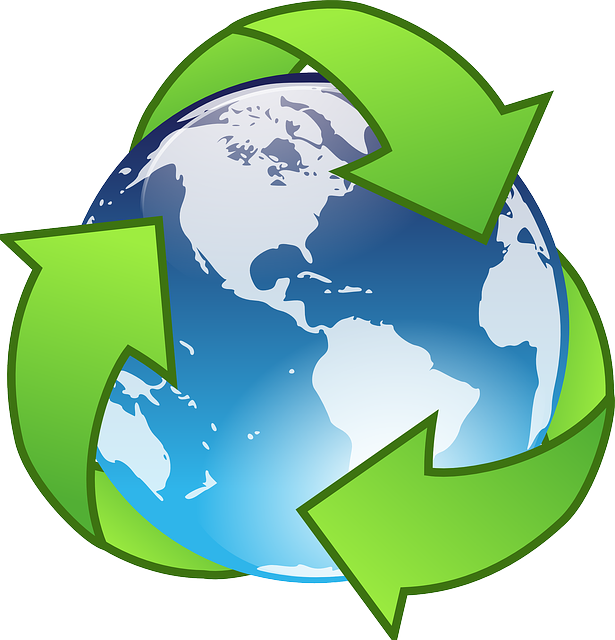[vc_row][vc_column width=”1/2″][vc_column_text]
Togo
Togo was the 149th largest economy in the world by nominal GDP in 2018. Its GDP per capita was $672 USD. It is located on the Gulf of Guinea in between Ghana and Benin. It is made up of over 18 ethnic groups. It was ranked 122nd in the World Bank's Human Capital Index and 126th in the Economic Complexity Index in 2017. It is a member of the Economic Community of West African States (ECOWAS) and the African Union. Services was the largest economic sector in 2018 (29 percent of GDP), followed by agriculture (23 percent), and manufacturing (8 percent). In 2017, the largest export goods sectors were minerals (41.7 percent), stones (26.2 percent), and agriculture (14.1 percent). The largest individual goods exports were gold (26.1 percent), refined petroleum (22.4 percent), and electrical energy (5.1 percent). Its largest export partners were the UAE (22.6 percent), Cameroon (11 percent), Benin (9 percent), and Cote d'Ivoire (8.7 percent). The largest goods imports were refined petroleum (43 percent), crude oil (10.9 percent), cotton (4.2 percent), motorcycles (3.8 percent), and transmission apparatus for radio, televisions, and telephones (3.24 percent). In the 18th century, the coast of Togo became part of the Danish slave trade, which supplied slaves to the Danish colonies in the Caribbean. With abolition, Denmark lost interest in the region and were replaced by the British and Germans. In 1884, Togo became a German protectorate. After WW1, it was divided between France and Britain. British Togoland joined with the Gold Coast to form an independent Ghana in 1957. French Togoland became autonomous in 1956 and independent in 1960. Coffee growing was introduced after WW1 and became an important export industry after WW2. Exports of phosphate began in 1961 and quickly became the major export for the next 50 years. Gold has emerged as a significant export in recent years but most of this gold originates from Burkino Faso. Since 2010, real annual GDP growth has average 5.5 percent. The government has invested in infrastructure and continues to work with the IMF to reform the economy and improve public finances.
[/vc_column_text][vc_column_text] Its population in 2018 was 7,990,926 [1]
Its population in 2018 was 7,990,926 [1]
 In 2015, 71.26% of its total energy
In 2015, 71.26% of its total energy
consumption was renewable [2]
 In 2021, its GDP grew by 5.26% [2]
In 2021, its GDP grew by 5.26% [2]
 In 2021 it had a negative Current
In 2021 it had a negative Current
Account Balance of US$bn 0.28 [3]
 Its Expenditure on R&D (as a percentage of
Its Expenditure on R&D (as a percentage of
GDP) in 2014 was 0.27% [2]
What free trade areas or economic unions is it a member of?
Member of the African Continental Free Trade Area (AfCFTA) since 01/04/2019
Other members:
Benin, Burkina Faso, Cameroon, Chad, Congo, Côte d'Ivoire, Djibouti, Egypt, Equatorial Guinea, Eswatini, Ethiopia, Gabon, Gambia, Ghana, Guinea, Kenya, Mali, Mauritania, Namibia, Niger, Nigeria, Rwanda, Sao Tome and Principe, Senegal, Sierra Leone, South Africa, Uganda, Western Sahara, Zimbabwe
What trade deals are there between African Continental Free Trade Area and other countries and economic unions?
None
Member of the Economic Community of West African States (ECOWAS) since 28/05/1975
Other members:
Benin, Burkina Faso, Cabo Verde, Côte d'Ivoire, Gambia, Ghana, Guinea, Guinea-Bissau, Liberia, Mali, Niger, Nigeria, Senegal, Sierra Leone
What trade deals are there between Economic Community of West African States and other countries and economic unions?
None
[/vc_column_text][vc_column_text]What trade deals are there with other countries and economic unions?
None
[/vc_column_text][/vc_column][vc_column width=”1/2″][vc_column_text]Ann Low, US Department of State: Go Green by 2019 – Make Business Registration Easy Everywhere by 2019
Trade with the United Kingdom
Source: UK Office for National Statistics, October 2022.
Contains public sector information licensed under the Open Government Licence v3.0.
Loading, Please Wait!
This may take a second or two.
















































































